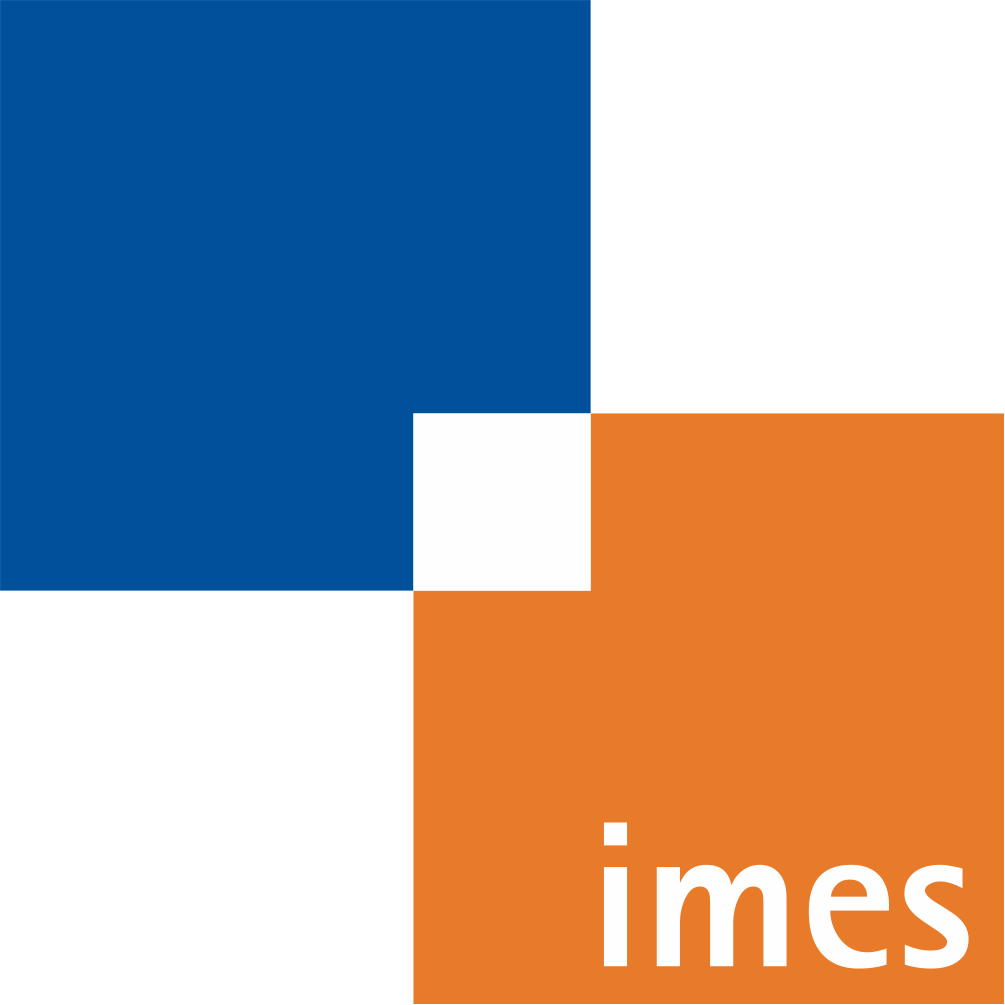High-accuracy drilling with an image guided light weight robot
autonomous versus intuitive feed control
- verfasst von
- Sebastian Tauscher, Alexander Fuchs, Fabian Baier, Lüder A. Kahrs, Tobias Ortmaier
- Abstract
Purpose: Assistance of robotic systems in the operating room promises higher accuracy and, hence, demanding surgical interventions become realisable (e.g. the direct cochlear access). Additionally, an intuitive user interface is crucial for the use of robots in surgery. Torque sensors in the joints can be employed for intuitive interaction concepts. Regarding the accuracy, they lead to a lower structural stiffness and, thus, to an additional error source. The aim of this contribution is to examine, if an accuracy needed for demanding interventions can be achieved by such a system or not. Methods: Feasible accuracy results of the robot-assisted process depend on each work-flow step. This work focuses on the determination of the tool coordinate frame. A method for drill axis definition is implemented and analysed. Furthermore, a concept of admittance feed control is developed. This allows the user to control feeding along the planned path by applying a force to the robots structure. The accuracy is researched by drilling experiments with a PMMA phantom and artificial bone blocks. Results: The described drill axis estimation process results in a high angular repeatability (0.026∘±16∘). In the first set of drilling results, an accuracy of (50±20μm) at entrance and (170±50μm) at target point excluding imaging was achieved. With admittance feed control an accuracy of (250±90μm) at target point was realised. In a third set twelve holes were drilled in artificial temporal bone phantoms including imaging. In this set-up an error of (20±15μm) and (165±80μm) was achieved. Conclusion: The results of conducted experiments show that accuracy requirements for demanding procedures such as the direct cochlear access can be fulfilled with compliant systems. Furthermore, it was shown that with the presented admittance feed control an accuracy of less then 1mm is achievable.
- Organisationseinheit(en)
-
Institut für Mechatronische Systeme
- Typ
- Artikel
- Journal
- International journal of computer assisted radiology and surgery
- Band
- 12
- Seiten
- 1763-1773
- Anzahl der Seiten
- 11
- ISSN
- 1861-6410
- Publikationsdatum
- 12.07.2017
- Publikationsstatus
- Veröffentlicht
- Peer-reviewed
- Ja
- ASJC Scopus Sachgebiete
- Chirurgie, Biomedizintechnik, Radiologie, Nuklearmedizin und Bildgebung, Maschinelles Sehen und Mustererkennung, Gesundheitsinformatik, Angewandte Informatik, Computergrafik und computergestütztes Design
- Elektronische Version(en)
-
https://doi.org/10.1007/s11548-017-1638-x (Zugang:
Geschlossen)
